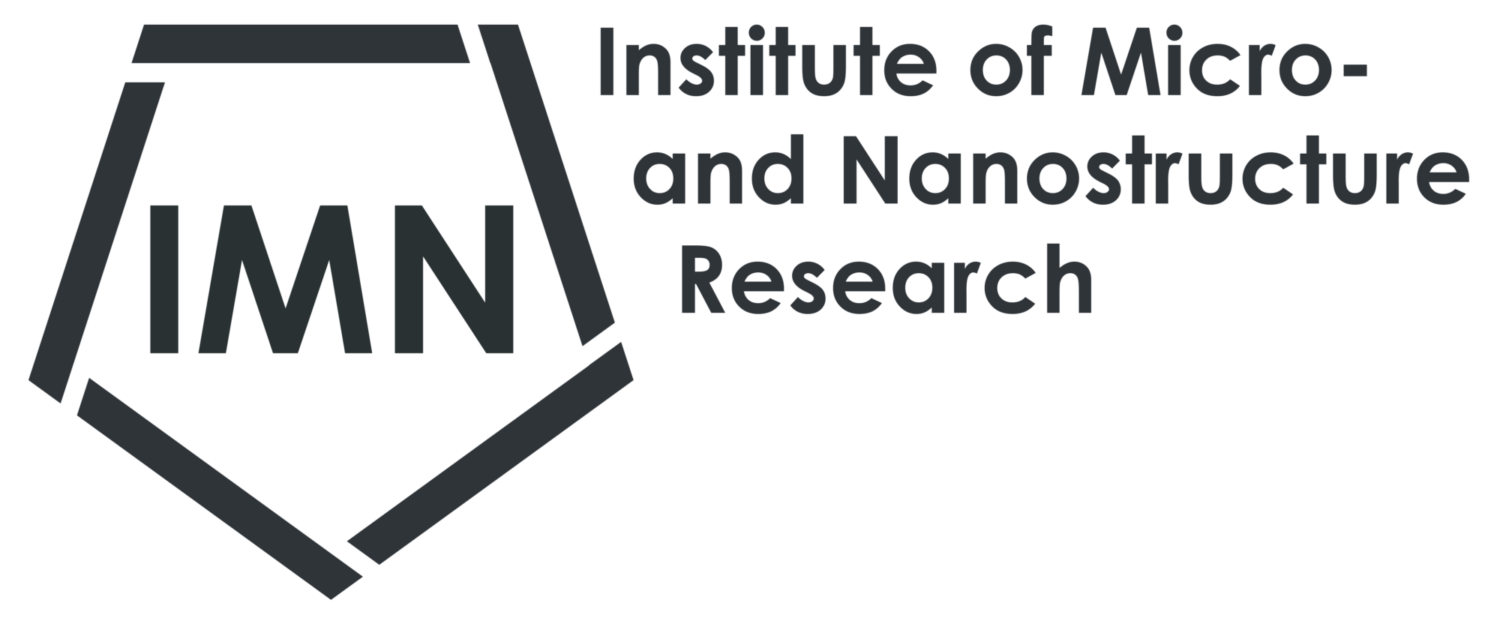In situ microscopy directly reveals dislocation formation in MAX phase
Researchers in IMN has recently reported the direct observation of nucleation and propagation of basal plane dislocations in Nb2AlC, a member of MAX phases, using nanomechanical testing inside a transmission electron microscope.
MAX Phases (with M an early transition metal, A an A group element and X being either nitrogen or carbon) constitute an interesting class of crystalline materials because of their unique characteristics such as electrical and thermal conductivity, machinability and damage tolerance. All MAX phases have hexagonal crystal symmetry with c/a aspect ratio > 1.73. Therefore, deformation through twinning is unlikely in these solids and has never been observed. However, they are prone to formation of dislocation walls (DWs), dislocation arrays (DAs) and regular/incipient kink bands (KBs/IKBs) during plastic deformation. Deformation by ripplocations, a nascent micromechanism, as explanation of kinks in MAX phases has been recently proposed, however, the precise mechanism behind the nucleation of DWs and IKBs is not yet completely understood.
The results of the study, according to the researchers, are the first account of analysis of dislocation formation in MAX phases, which helps to better understand the microstructural evolution during the early stage of KB formation at the nanoscale.
The work is published recently in a prestigious journal “Scripta Materialia” in this field with title: “Direct observation of dislocation formation and plastic anisotropy in Nb2AlC MAX phase using in situ nanomechanics in transmission electron microscopy“. Congratulations to Yoones Kabiri, Nadine Schrenker, Julian Müller, Mirza Mackovic and Erdmann Spiecker!

